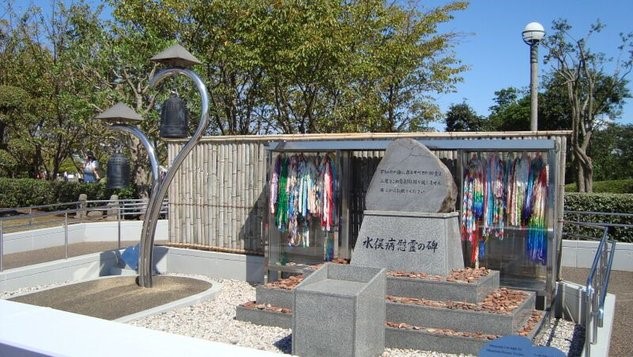Norwegian mercury research and surveillance is valuable to the UN

– For kvikksølv er det fosteret som er «main target», sier HI-forsker Michael Bank.
Photo: Anders JakobsenPublished: 29.05.2018 Updated: 11.10.2018
Minamata, Japan, 1950s: A wave of illness strikes the people of this ordinary fishing town on the south-east coast of the island of Kyushu. During this time many individuals died, and even greater numbers suffered serious deformities and health problems. What the inhabitants did not yet know was that many of them were suffering from methylmercury poisoning as a result of the local chemical factory which had released large quantities of this highly toxic pollutant. Eventually methylmercury in the wastewater made its way from the factory source to Minamata Bay where it bioaccumulated into the fish and shellfish that was commonly consumed by the local human consumers.
Between 1953 and 1960, it is estimated that methylmercury poisoning of the central nervous system, also sometimes referred to as Minamata disease, caused 43 deaths and hundreds of individuals experienced serious deformities and health problems.

One of the world’s largest seafood contaminant databases
The disaster in Minamata brought the risk of mercury poisoning to the world’s attention, which is why the UN convention on mercury is named after this small Japanese fishing town. The Minamata Convention on Mercury, which was signed in October 2013, is a global, legally binding instrument to regulate and reduce anthropogenic mercury emissions and to protect human health and the environment.
For several years the Institute of Marine Research (IMR) has performed broad-scale and systematic monitoring of mercury levels in Norwegian seafood and IMR has one of the world’s largest seafood contaminant databases.
“This is very valuable to the UN. They want to establish monitoring programmes to evaluate the effectiveness of this important environmental convention, and for that they need long-term, high resolution data sets like ours”, says Michael Bank, a research scientist at IMR.
He is one of a few scientists in Norway working in collaboration with various UN agencies to support the implementation of the Minamata Convention. In November, 2018 the UN will host the 2nd Conference of the Parties (COP-2) of the convention in Geneva, Switzerland, and ahead of that Bank will serve as the chairperson for an IMR workshop on mercury science and policy in cooperation with the International Atomic Energy Agency (IAEA), United Nations Institute for Training and Research (UNITAR) and the University of Geneva.
Attacks the fetus
Bank started working at IMR in October, 2017 and he has conducted modelling and research investigations on methylmercury in water, sediment, fish and humans for several years.
“With mercury, the fetus is the «main target» and there is specialized seafood consumption advice and guidance for young children and all women of childbearing age”, says the American scientist.
